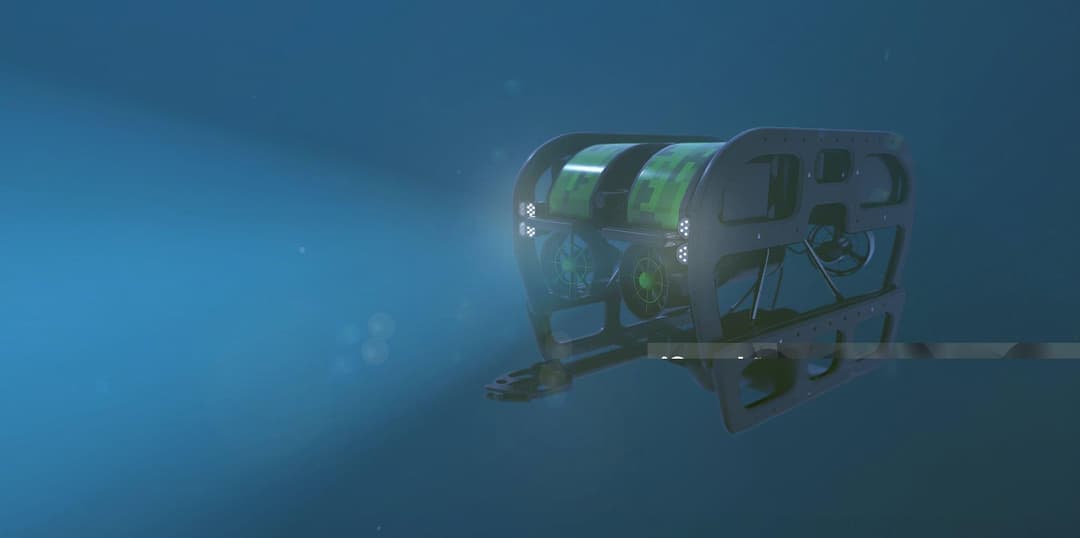Computational Fluid Dynamics (CFD) in Marine Engineering: Transforming Design and Performance
December 20, 2024
Neon Jake Jones

"Computational Fluid Dynamics (CFD) has emerged as a groundbreaking tool in marine engineering, revolutionizing the way engineers design and optimize vessels, offshore structures, and propulsion systems. By simulating fluid flow and its interaction with marine structures, CFD provides valuable insights into hydrodynamic performance, fuel efficiency, and operational stability. In this blog, we explore the principles, applications, and future potential of CFD in marine engineering."
What is the Computational Fluid Dynamics (CFD)?
CFD is a branch of fluid mechanics that uses numerical analysis and algorithms to solve and analyze problems involving fluid flows. By dividing a fluid domain into smaller, discrete elements, CFD solves equations governing fluid motion, such as the Navier-Stokes equations, to predict flow behavior under various conditions.

Importance of CFD in Marine Engineering
Marine engineering presents unique challenges, including optimizing vessel performance, reducing fuel consumption, and ensuring stability in harsh ocean conditions. CFD addresses these challenges by enabling engineers to:
- Simulate Real-World Conditions: CFD replicates the interaction of water and air with marine structures, providing insights without the need for physical prototypes.
- Optimize Hydrodynamic Design: It allows for the refinement of hull shapes, propellers, and appendages to minimize resistance and maximize efficiency.
- Reduce Development Costs: By identifying and resolving design issues early, CFD reduces reliance on expensive physical testing and accelerates the design process.
- Enhance Safety and Stability: Engineers can simulate extreme conditions, such as rough seas, to ensure vessels and structures perform reliably.
Key Applications of CFD in Marine Engineering
- Hull Design and Optimization:
- CFD helps design hulls with minimal drag and optimal flow patterns, improving speed and fuel efficiency.
- It evaluates resistance components, such as frictional and wave resistance, under varying conditions.
- Propeller and Propulsion Systems:
- Engineers use CFD to design propellers with improved efficiency and reduced cavitation.
- It aids in assessing wake flows and optimizing the interaction between hulls and propulsion systems.
- Offshore Structures:
- CFD simulates wave-structure interactions to ensure stability and durability of offshore platforms, wind turbines, and subsea equipment.
- It predicts the impact of currents and wave forces on structural integrity.
- Seakeeping and Manoeuvrability:
- CFD analyzes vessel responses to waves, including roll, pitch, and heave motions.
- It supports the design of stabilization systems, such as fins and ballast systems, to improve maneuverability.
- Environmental Impact Assessments:
- Simulations assess the dispersion of pollutants, such as ballast water discharge, to ensure compliance with environmental regulations.
- It evaluates the impact of marine operations on ecosystems.
Challenges in CFD for Marine Applications
While CFD offers transformative potential, it comes with challenges, including:
- Computational Demand: High-resolution simulations require significant computational power and time.
- Complex Modeling: Accurately modeling turbulent flows, cavitation, and wave interactions remains a challenge.
- Validation and Calibration: Results must be validated against experimental or real-world data to ensure accuracy.
- Multiphysics Integration: Incorporating thermal, structural, and fluid dynamics in a single model can be complex.
Future Trends in CFD for Marine Engineering
The future of CFD in marine engineering is driven by advancements in computing power, algorithms, and data integration. Emerging trends include:
- High-Performance Computing (HPC): Leveraging HPC to perform large-scale simulations with greater accuracy and speed.
- Machine Learning Integration: Using AI to optimize meshing, predict flow patterns, and accelerate simulations.
- Cloud-Based Simulations: Enabling collaboration and scalability by hosting simulations on cloud platforms.
- Real-Time Analysis: Developing CFD tools for real-time monitoring and decision-making during marine operations.
- Sustainable Design: Focusing on eco-friendly solutions by analyzing and reducing the environmental impact of marine systems.
Conclusion
CFD is revolutionizing marine engineering by providing precise, cost-effective solutions for designing and optimizing vessels and offshore structures. As technology evolves, the scope and impact of CFD will continue to expand, addressing the industry's demands for efficiency, sustainability, and innovation. Whether you are an engineer, researcher, or industry professional, understanding the potential of CFD is crucial for advancing marine engineering in the 21st century.